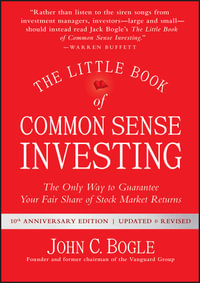
At a Glance
Paperback
RRP $49.95
$38.50
23%OFF
or
In Stock and Aims to ship in 1-2 business days
ISBN: 9781394288427
ISBN-10: 1394288425
Series: For Dummies (Business & Personal Finance)
Published: 3rd January 2025
Format: Paperback
Language: English
Number of Pages: 368
Audience: General Adult
Publisher: John Wiley & Sons Inc (US)
Country of Publication: US
Edition Number: 3
Edition Type: Revised
Dimensions (cm): 23.5 x 18.7 x 1.8
Weight (kg): 0.67
Shipping
| Standard Shipping | Express Shipping | |
|---|---|---|
| Metro postcodes: | $9.99 | $14.95 |
| Regional postcodes: | $9.99 | $14.95 |
| Rural postcodes: | $9.99 | $14.95 |
How to return your order
At Booktopia, we offer hassle-free returns in accordance with our returns policy. If you wish to return an item, please get in touch with Booktopia Customer Care.
Additional postage charges may be applicable.
Defective items
If there is a problem with any of the items received for your order then the Booktopia Customer Care team is ready to assist you.
For more info please visit our Help Centre.























